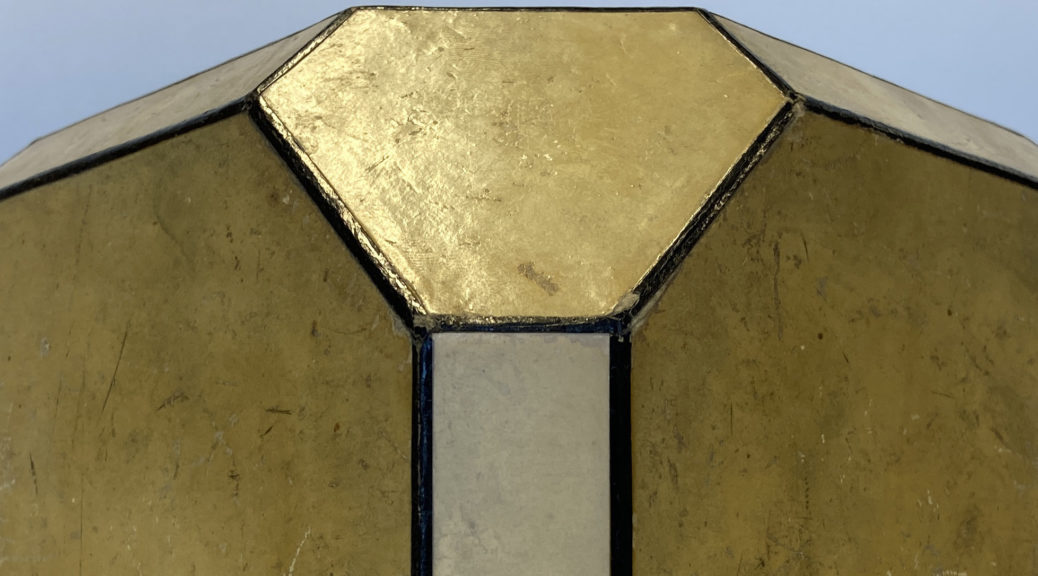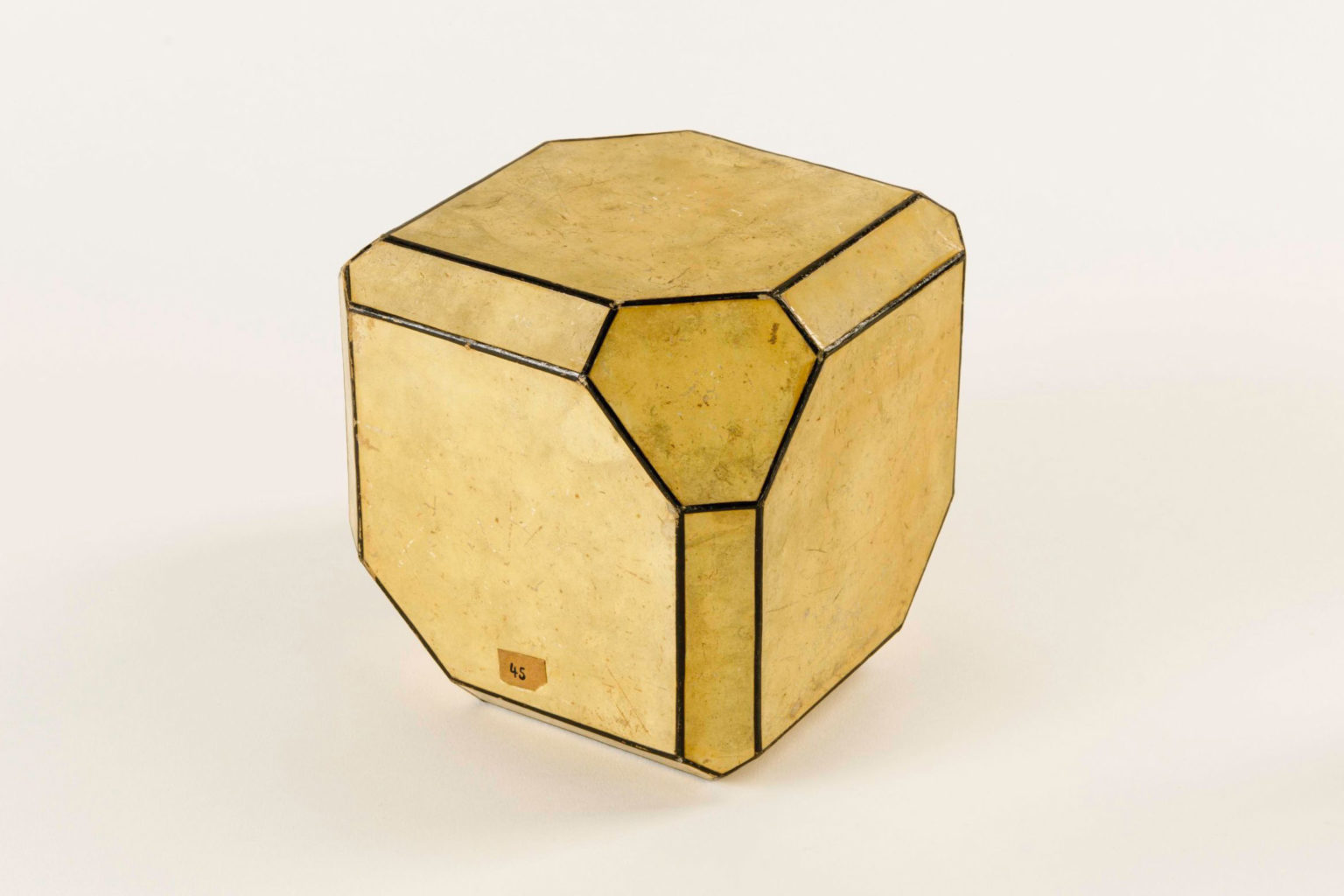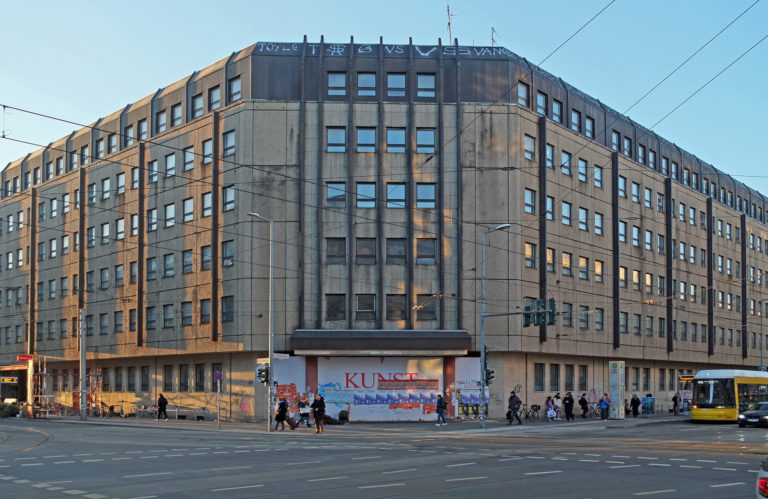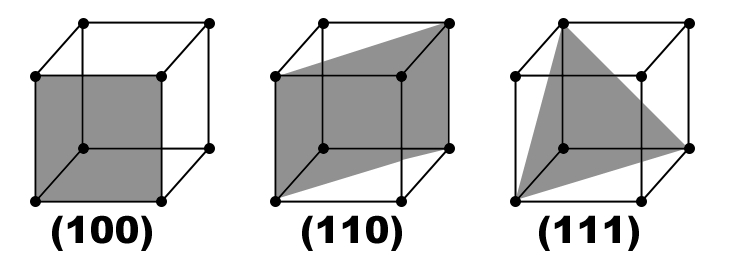
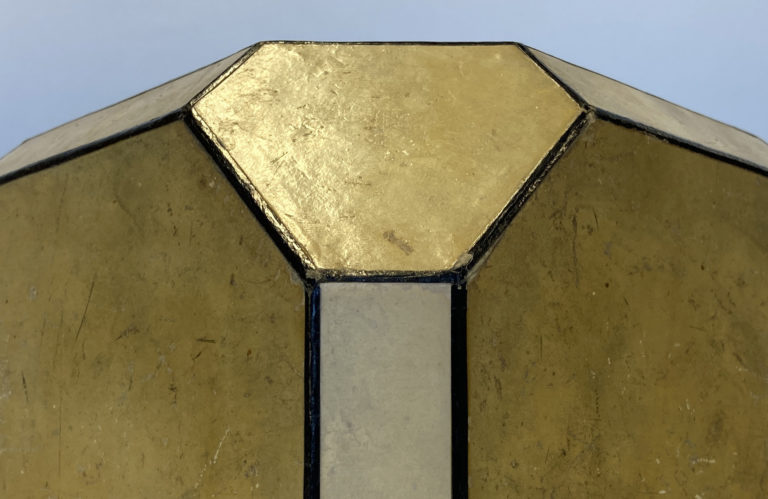
The facade of the former institute building with its faces parallel to Invalidenstrasse and Chausseestrasse exhibits a 45° cut off at the junction, creating an additional third face in which the main entrance is located. Whether intentional or not: if you lay the axis system along the edges of the building, then the Miller indices of this third face correspond exactly to the house number of the building. What now reads like one of the countless conspiracy stories is probably pure coincidence. It is well known that “one one oh” is also the telephone number of the police, physicists and chemists recognize the element Darmstadtium in it and as a binary system it plays an important role in computer science. And if you do recognize a connection between the ideal shape of a crystal and the facade of the building, it should be noted not only that the building was built in 1981 according to information from the Technical Department, but also that there was an inn called “Zum Kuhstall” at this address before 1920, at least according to research conducted by Foto Marburg.
In December 2023, the HU’s Technical Department handed over the property at Invalidenstrasse 110 to the Senate Department for Urban Development, Building and Housing for the upcoming conversion and refurbishment measures. These are planned to be carried out over the next five years.
Author: Dr. Holm Kirmse
Head of Crystallographic Teaching Collection
Newtonstrasse 15
12489 Berlin
Links
Polyhedron model combination cube-tetrahedron-rhombic dodecahedron in “Sammlungen digital”: https://sammlungen-digital.hu-berlin.de/viewer/image/2949349a-7155-45e2-a88e-57126add8e1a/2/
Corner of Chausseestraße/Invalidenstraße in the Technical Department of the HU: https://www.ta.hu-berlin.de/gebaeude/no:2215 and https://www.hu-berlin.de/de/pr/30-jahre-deutsche-einheit/bildergalerie-damals-und-heute/D2_hu20mh_30Jahre_DSF1544-1.jpg/view
Restaurant “Zum Kuhstall” in photo archive Foto Marburg: https://www.bildindex.de/document/obj20555125
